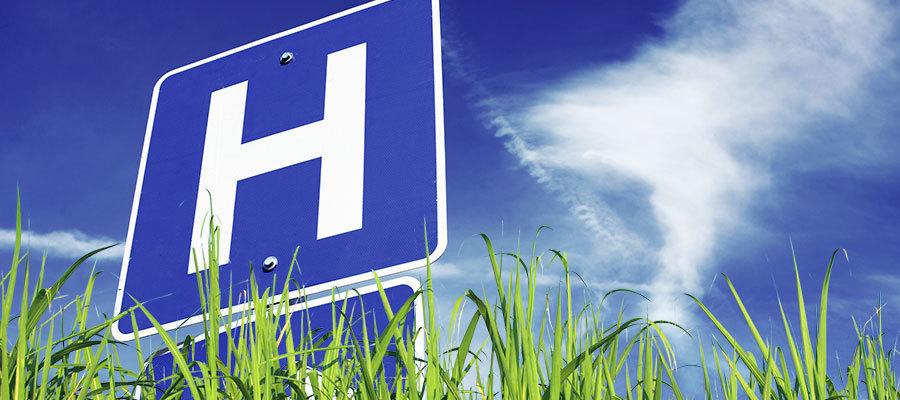Filling the obstetrical care gap in rural Virginia

When Makunda Abdul-Mbacke, M.D., moved to southern, rural Virginia 15 years ago to start caring for the communities’ pregnant women, she was one of approximately 14 obstetrician-gynecologists in a 20 to 30 mile radius. Today, that number is down to five; Abdul-Mbacke is the only one who works in private practice.
The shortage of nurses and physicians is increasingly becoming a problem, particularly in rural, underserved communities, Abdul-Mbacke said. In addition, the issues of recruitment and retention remain obstacles to providing the community with local access to care. She said her community and the surrounding areas are relying on older medical professionals, with few in the early-to-middle stage of their careers.
“We’re not getting any young people in their 30s,” Abdul-Mbacke said. “The youngest person might be 45.”
As in many underserved, sometimes impoverished communities in rural America, it remains a struggle to secure specialized talent, she said.
“The bottom line is, how do we provide good health care in these areas that are not places people rush to set up their life?” Abdul-Mbacke asked.
One way might be for the health care system to reevaluate physician reimbursement, particularly for communities with large Medicare and Medicaid populations, which has remained stagnant, making it less sustainable for young physicians to begin their careers and start families, Abdul-Mbacke said.
“For as long as I have been here [in Ridgeway, Va.], the number of people on Medicaid has increased and the number of physicians has decreased,” Abdul-Mbacke said. “That’s not a good fit for being able to recruit anyone.”
Eliminating disparities
Abdul-Mbacke said she moved to Ridgeway largely to try to make a positive impact in the community and beyond. As a Black woman, she strives to help eliminate the health inequities and disparities that disproportionately affect communities of color, particularly with the rising maternal mortality rate in the U.S.
In delivering babies, Abdul-Mbacke underscored the importance of having specialists such as OBGYNs in the room if a patient is considered high-risk in her pregnancy, since events can unravel in a “matter of seconds.” In rural communities, this remains a challenge to attract some of the top talent in maternal care, and getting to a hospital with the appropriate specialists could take hours.
“I feel like I’m doing important work,” Abdul-Mbacke said. “And I want to be doing something on a larger level.”
These health care inequities and disparities include discrepancies in access to telehealth and vested interest in telehealth adoption.
“Many people in this area don’t have access to broadband,” Abdul-Mbacke said, adding that, despite national trends, telehealth never really caught on in her community during the COVID-19 pandemic.
“Almost all of them [her pregnant patients] have Smartphones, but they don’t understand how to use them to access health care,” she said.
In addition, she struggles with her pregnant patients’ low confidence and hesitancy of COVID-19 vaccines.
As an OB/GYN with a vested interested in improved maternal outcomes and as a member on the American College of Obstetricians and Gynecologists’ government legislative committee, Abdul-Mbacke continues to work with the commonwealth of Virginia to push for women on Medicaid to have access to health care for one year postpartum. This is key, since “a fair amount of maternal deaths occur in the postpartum area,” she said.
The path forward
To help improve maternal health outcomes for women going forward, Abdul-Mbacke said the health care field needs to train and mentor the next generation of health leaders; partner with local community colleges to create programs for developing a network for doulas and midwives with proper reimbursement relative to OB/GYNs
to serve in rural areas; implement community health workers more prevalently; address the nursing shortage, including investigating why local community colleges have eliminated licensed practical nursing and registered nursing programs; and search within to understand how to equalize opportunity to improve health outcomes.
Abdul-Mbacke encourages clinicians and those in the health care field to be open to learning from anyone and really listening to the lived experiences of others who may not look like you in efforts to grow and help eliminate disparities and inequities in care.
“I try to talk to my medical students and tell them to treat everyone like they are your mother or your father, a sister, a loved one or a close friend,” Abdul-Mbacke said. “That’s the way I practice. And hopefully, that means that that eliminates some of the the biases and the prejudices.”

